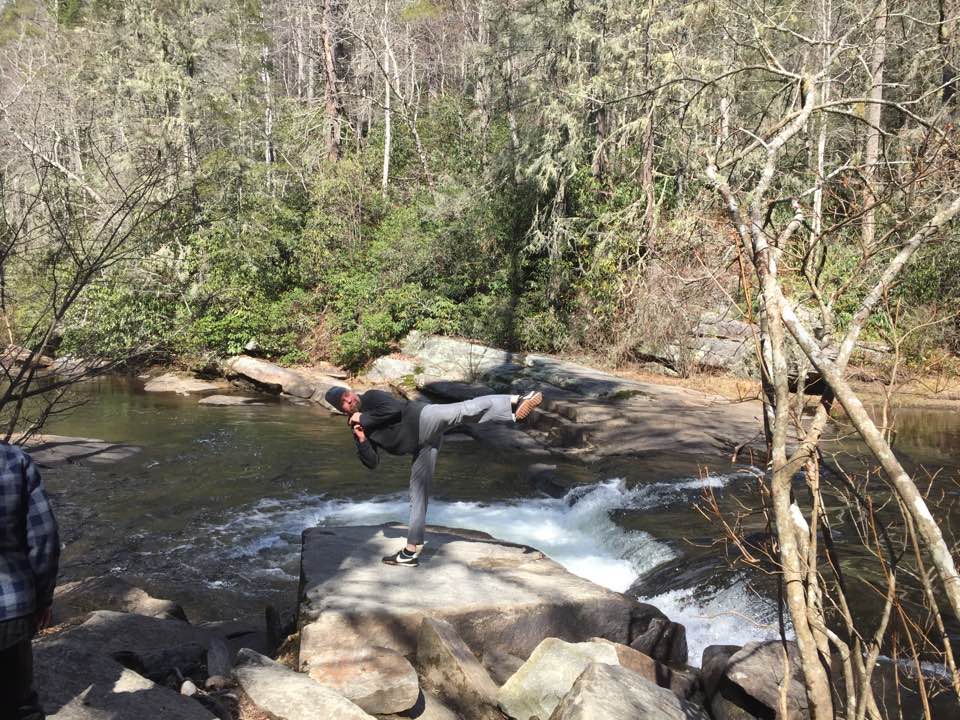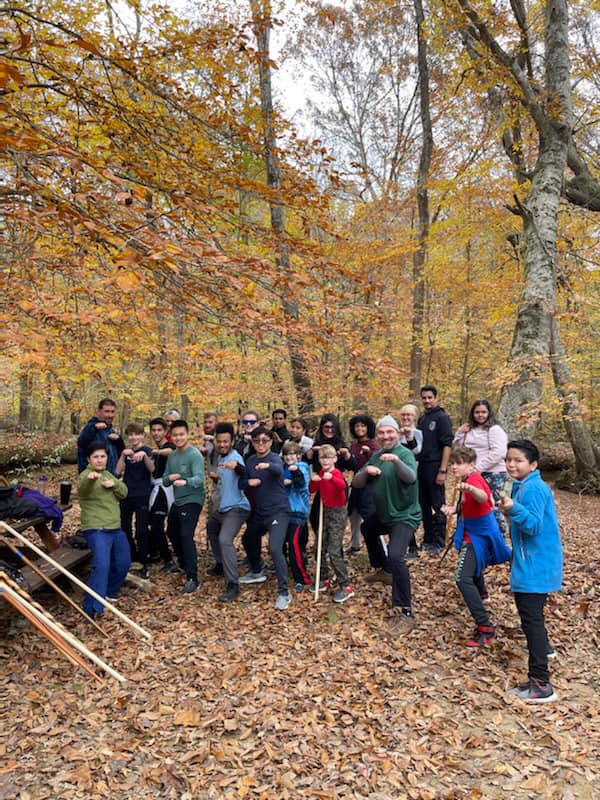Welcome to our ongoing series where we compare HapKiDo to other popular martial arts. In this post, we’ll dive into the world of Boxing and examine how it stacks up against HapKiDo. Whether you’re looking for a martial art for fitness, self-defense, or personal development, understanding the key differences between HapKiDo and Boxing can help you make an informed decision. Let’s explore what each discipline offers and how they differ.
Striking Techniques and Training Methods of Boxing and HapKiDO:
HapKiDo:
HapKiDo is a Korean martial art known for its diverse range of techniques. Practitioners learn a combination of strikes, including punches, kicks, and open-hand techniques. HapKiDo emphasizes circular movements and redirection, allowing practitioners to use an opponent’s force against them. Training includes training kicks, sparring, and self-defense drills that incorporate a variety of strikes and joint locks.
Boxing:
Boxing focuses primarily on punches, making it a highly specialized striking art. Boxers train extensively in techniques such as jabs, crosses, hooks, and uppercuts. The training regimen includes shadowboxing, bag work, mitt work, and sparring. Boxing’s emphasis is on footwork, timing, and speed. The goal is to develop powerful, precise punches and to evade or block incoming strikes effectively.
Defensive Strategies:
HapKiDo:
HapKiDo’s defensive strategies revolve around evasion, redirection, and joint manipulation. Practitioners are trained to deflect attacks using circular motions, which can unbalance and neutralize opponents. The art also incorporates various throws and joint locks that can incapacitate an even larger attacker by using practiced techniques. This makes HapKiDo a versatile and practical choice for self-defense.
Boxing:
Boxing defense relies heavily on footwork, head movement, and blocking. Boxers learn to slip punches, weave, and use their arms to block or parry incoming strikes. Defensive techniques are designed to protect the head and body while positioning the boxer for a counterattack. The focus on agility and reflexes in Boxing develops a strong defensive capability that is both effective and efficient.
Physical Fitness and Conditioning:
HapKiDo:
HapKiDo training provides a full-body workout that enhances strength, flexibility, and cardiovascular health. The variety of techniques and movements ensures that all muscle groups are engaged. Practitioners benefit from improved balance, coordination, and overall fitness. The dynamic nature of HapKiDo training keeps practitioners physically fit and mentally sharp.
Boxing:
Boxing is renowned for its intense physical conditioning. Boxers undergo rigorous training that includes cardio workouts, strength training, and endurance exercises. The repetitive nature of punching drills, combined with the demands of footwork and defense, results in exceptional cardiovascular fitness and muscular endurance. Boxing training builds explosive power and speed, making it one of the most physically demanding martial arts.
Self-Defense Applications of HapKiDO and Boxing:
HapKiDo:
HapKiDo’s comprehensive approach to self-defense includes strikes, joint locks, throws, and pressure point techniques. Practitioners learn to handle a wide range of scenarios, from standing confrontations to ground defense. The art’s emphasis on circular motion and redirection allows smaller practitioners to effectively neutralize larger opponents, making it suitable for people of all sizes.
Boxing:
While primarily a sport, Boxing’s techniques are highly effective for self-defense. The ability to deliver powerful punches and maintain strong defensive skills makes a trained boxer formidable in a confrontation. However, Boxing’s focus is on striking, so it may lack the versatility of martial arts that include grappling or joint manipulation.
Conclusion:
HapKiDo and Boxing each offer unique benefits and approaches to martial arts training. HapKiDo provides a well-rounded system that includes striking, joint locks, and throws, with a strong emphasis on self-defense. Boxing excels in developing powerful punches, speed, and endurance through its specialized training methods.
Both arts promote physical fitness, discipline, and mental resilience. We invite you to explore our HapKiDo classes and discover the unique benefits this dynamic martial art offers. Click here to find a location near you and start your journey with us today!
Also, check us out on YouTube to see our classes in action! www.YouTube.com/c/choeshapkido










